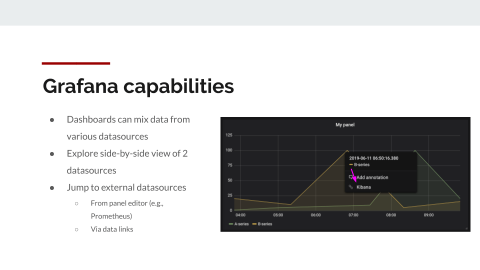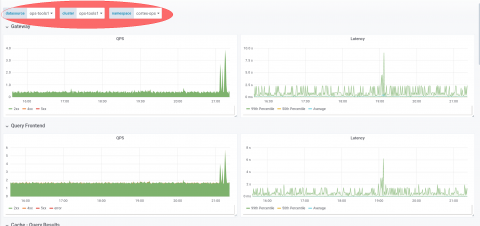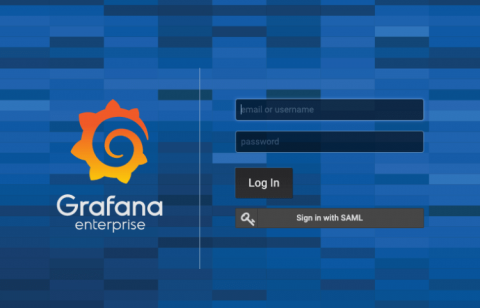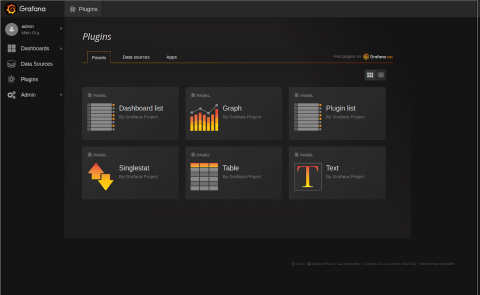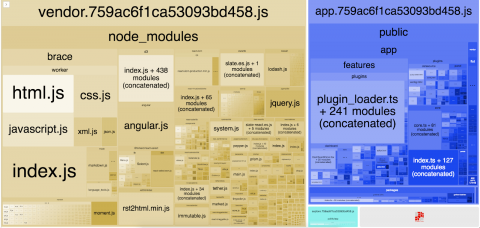How We've Made It Easy to Migrate Data Using Metrictank Importer Tools
There’s a huge need among our Metrictank and Grafana Cloud customers to be able to import their existing data from Graphite, so we recently refactored the importer tools to make the process easier. A few years ago, I wrote a utility to import Whisper data into Cassandra. At that time, Cassandra was the only store that Metrictank supported. But since then, we’ve added Bigtable, and we’ll likely add more stores.



